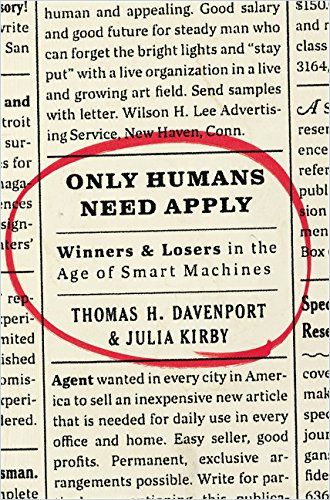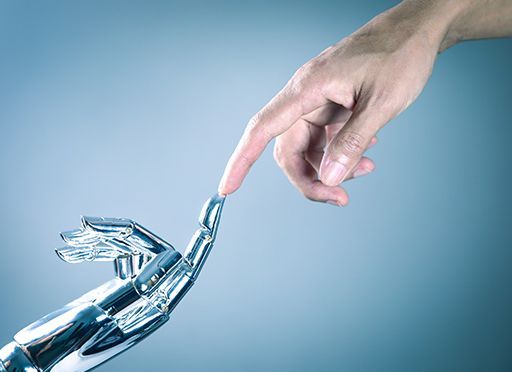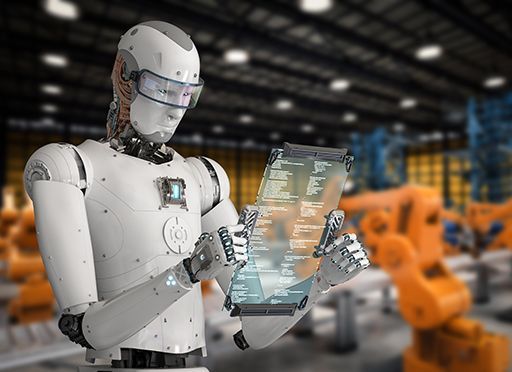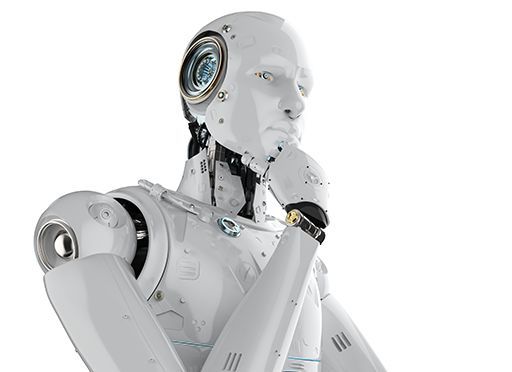Bloody Hell!
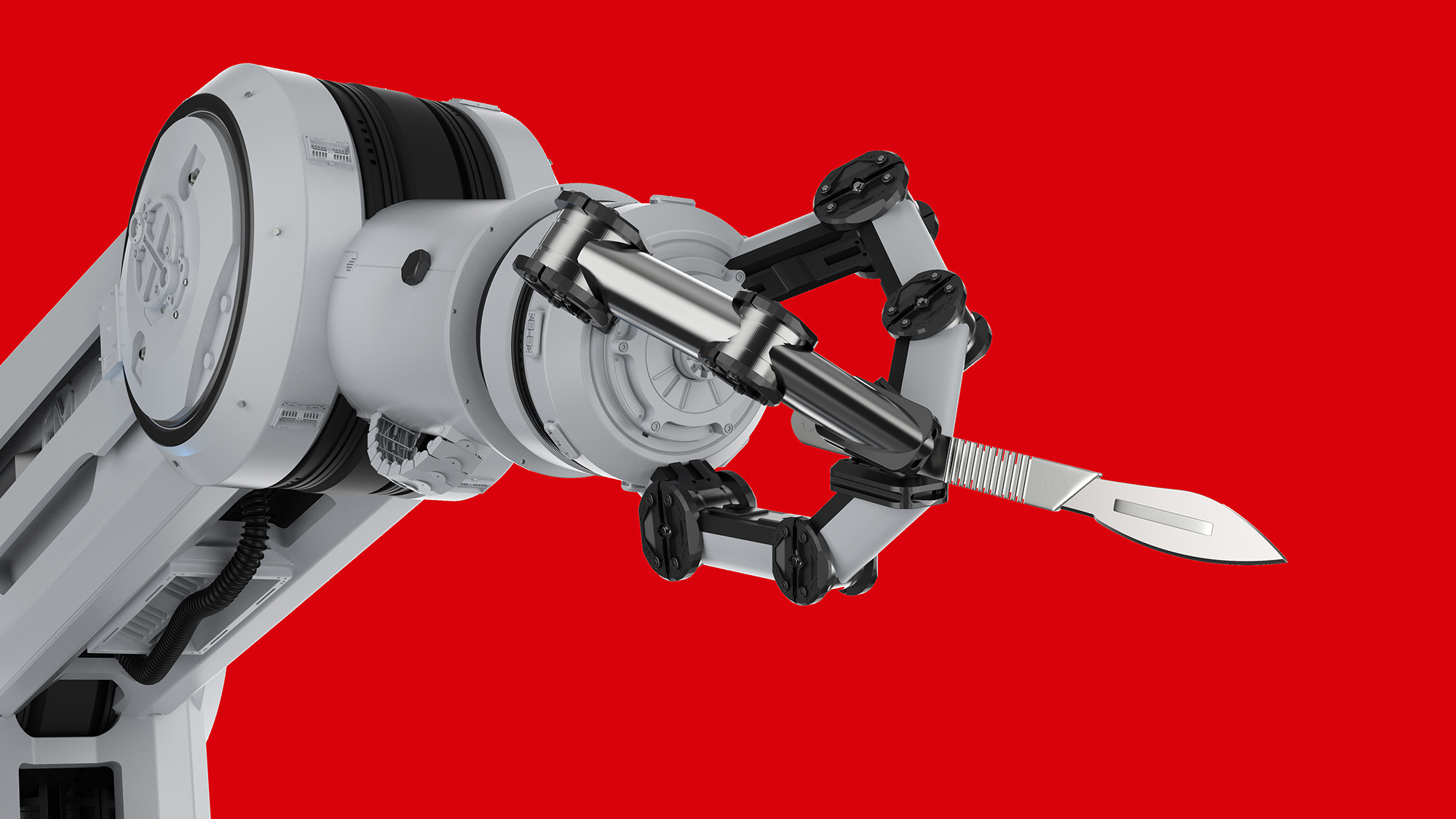
A computer can give you an appointment if you provide it with some information. It can direct you to the consultation room when you come to the hospital. And it will tell more accurately than any human specialist whether you have a tumor or not based on images from the ultrasound. On top of that, it will also help an operating doctor who is cutting you open from another continent on surgery day. But if it tries to do all that without precise human guidance and direction, you will end up with a bloodbath.
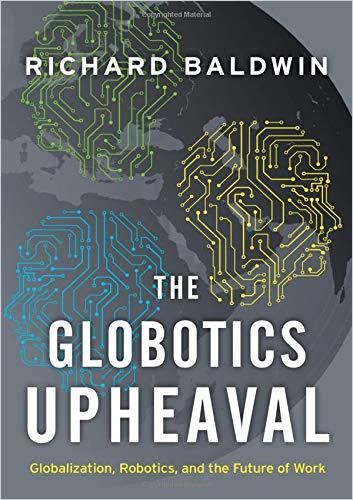
Since the first time a robot – “PUMA 200” – performed a brain biopsy in 1985, an enormous amount has happened. Without the support of state-of-the-art technology in telecommunications, sensors, motor skills, and artificial intelligence (AI), many diseases that are treatable today would have remained a curse on life or death sentences. Let’s face it: Robots often work not only more precisely but also more reliably than humans. And this is especially true in the hospital context, where medical staff are constantly under pressure and must go the extra mile.
However, especially in interventions that require the most excellent precision and perfect timing, i.e., where robots are best able to help, human guidance and collaboration are still indispensable and will remain so.
- Empathy – Do you want to receive a cancer diagnosis from a robot? Even if it could answer accurately: Do you want to ask it questions about life and death? A computer might state expectations, but it has no means of enforcing them. Doctors and nurses know that compliance requires more than information; people need support and encouragement.
- Decision-making – Currently, AI makes nothing but educated guesses deriving from pattern-recognition in the data processing. AI can read millions of scans and provide a sound guess in a cancer diagnosis, but it can’t replace a doctor to decide how to cure it.
- Responsibility – Robot-assisted surgery offers some benefits compared to traditional open surgery: It is less invasive and more precise, leading to smaller incisions and a lower risk of infection. Today, robots already help with coronary artery bypass, cutting away cancer tissue from sensitive parts of the body, gallbladder removal or hip replacement. But because robots and AI can’t take personal responsibility if it makes a fatal mistake during surgery, the courts – humans – must determine who is responsible.
- Expertise – Finding qualified experts to testify here is another problem. Some robotic systems are proprietary, and the only experts work for their manufacturers. Currently, these systems vary too much for an expert on one system to testify usefully about another.
- Laws – New malpractice laws must address the risks of robot surgeons, but these are still more science fiction in much of the world than the robots they are supposed to deal with.
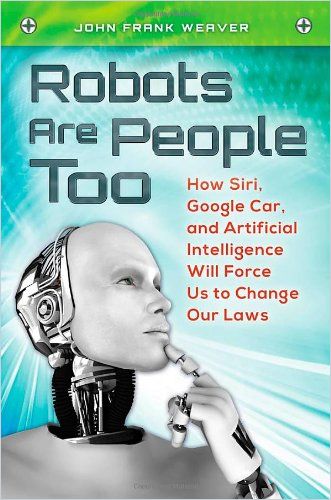
Medical treatment is about knowledge, experience, decisions and precision. Intelligent machines can contribute in all areas, but they cannot replace the people involved.

